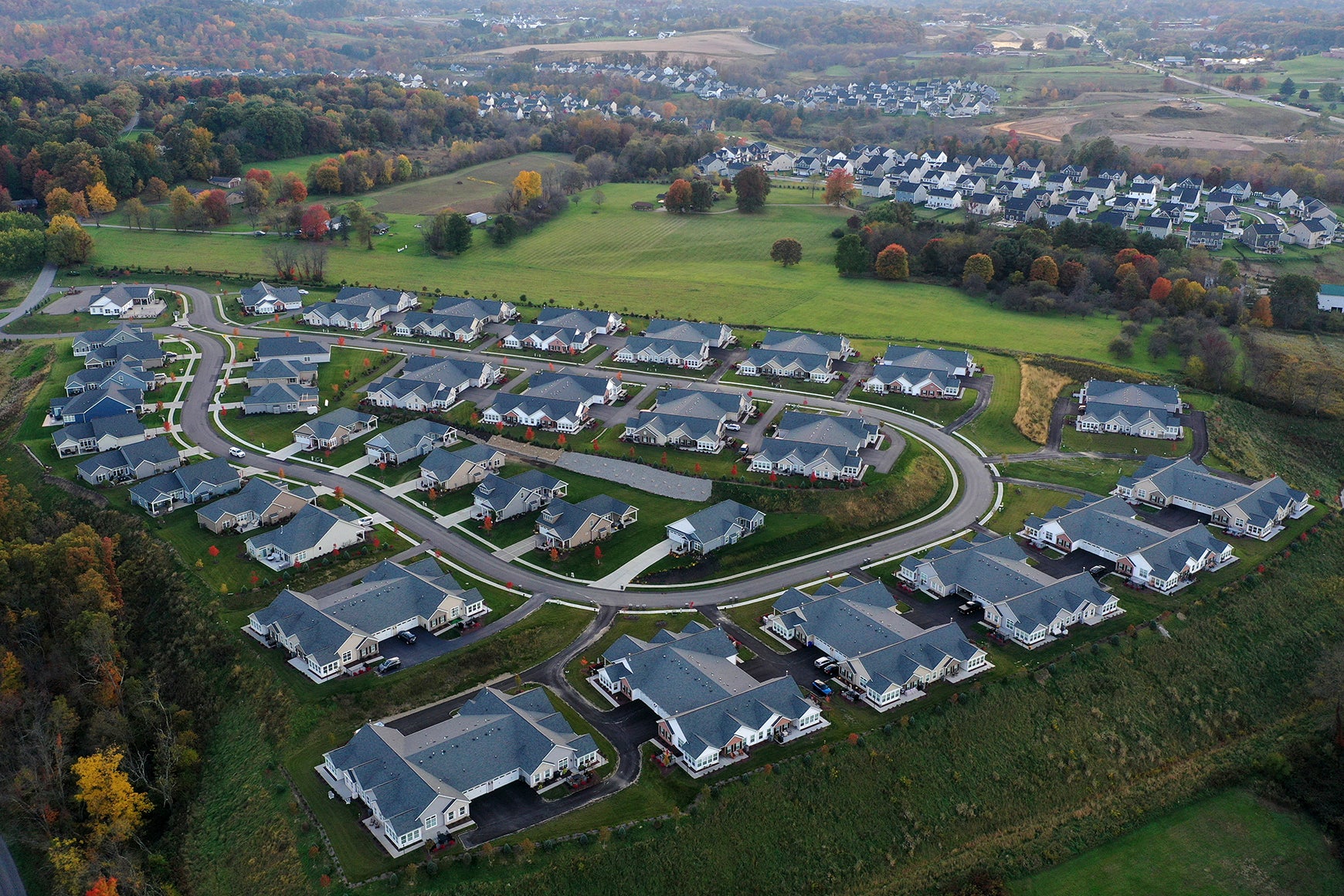Average long-term US mortgage rates inch up to 6.48%
The average long-term U.S. mortgage rate rose for the second straight week following six weeks of declines that had given prospective homebuyers a glimmer of hope

Your support helps us to tell the story
From reproductive rights to climate change to Big Tech, The Independent is on the ground when the story is developing. Whether it's investigating the financials of Elon Musk's pro-Trump PAC or producing our latest documentary, 'The A Word', which shines a light on the American women fighting for reproductive rights, we know how important it is to parse out the facts from the messaging.
At such a critical moment in US history, we need reporters on the ground. Your donation allows us to keep sending journalists to speak to both sides of the story.
The Independent is trusted by Americans across the entire political spectrum. And unlike many other quality news outlets, we choose not to lock Americans out of our reporting and analysis with paywalls. We believe quality journalism should be available to everyone, paid for by those who can afford it.
Your support makes all the difference.The average long-term U.S. mortgage rate rose for the second straight week following six weeks of declines that had given prospective homebuyers a glimmer of hope.
Mortgage buyer Freddie Mac reported Thursday that the average on the benchmark 30-year rate inched up to 6.48% this week from 6.42% last week. A year ago the average rate was 3.22%, less than half of the current average rate.
The average long-term rate reached a two-decade high of 7.08% in late October and again in early November as the Federal Reserve continued to crank up its key lending rate in an effort to cool the economy and tame inflation.
At its final meeting of 2022, the Federal Reserve raised its rate 0.50 percentage points, its seventh increase last year. That pushed the central bank’s key rate to a range of 4.25% to 4.5%, its highest level in 15 years. The Fed has signaled it may raise its rate another three-quarters of a point in 2023, which would be in a range of 5% to 5.25%.
Rates for 30-year mortgages usually track the moves in the 10-year Treasury yield, which lenders use as a guide to pricing loans. Investors’ expectations for future inflation, global demand for U.S. Treasurys and what the Federal Reserve does with interest rates can also influence the cost of borrowing for a home.
The big increase in mortgage rates has sunk the housing market, with sales of existing homes falling for 10 straight months to the lowest level in more than a decade.
While home prices have fallen as demand has declined, they are still nearly 11% higher than a year ago. Higher prices and a doubling of mortgage rates have made homebuying much less affordable for many people.
Sam Khater, Freddie Mac’s chief economist, said that the higher rates have pushed mortgage application activity to a quarter-century low, but offered some optimism for 2023.
“Homebuyers are waiting for rates to decrease more significantly, and when they do, a strong job market and a large demographic tailwind of Millennial renters will provide support to the purchase market,” Khater said.
The rate for a 15-year mortgage, popular with those refinancing their homes, also rose modestly this week, to 5.73% from 5.68% last week. It was 2.43% one year ago.